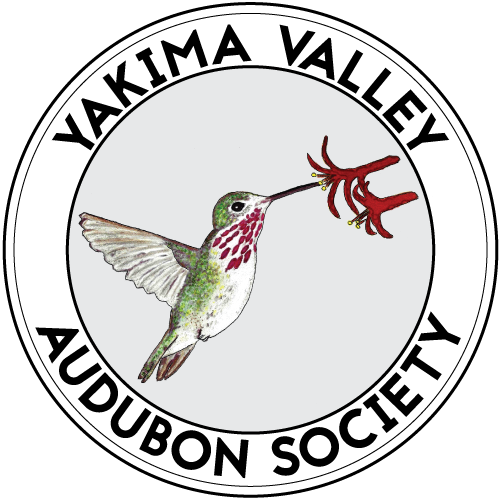Sunnyside-Snake River Wildlife Area Management Plan
General ·I attended a public meeting on May 31st in Prosser hosted by the Washington Department of Fish and Wildlife (WDFW) which is developing a new management plan for the Sunnyside-Snake River Wildlife Area in south-central Washington. The wildlife area consists of 17 units that cover more than 20,840 acres in Franklin, Benton, and Yakima counties. Almost half of the acreage is some kind of native shrub steppe habitat, from sagebrush to grassland. The units also include cultivated and irrigated cropland, wetlands, ri- parian or streamside woodlands, and open water. Many units have water access sites, most along the Yakima River. The area is popular for fishing, upland game, waterfowl and big game hunting, and bird and other wildlife watching.
The new management plan will address the status of wildlife species and their habitat, public recreation opportunities, and ongoing restoration of wetlands and native shrub steppe. One of the 17 units in the Sunnyside-Snake River Wildlife Area is the Sunnyside (Headquarters) Unit, consisting of 2,786 acres just north of Mabton and five miles south of Sunnyside, most of it in the Yakima River floodplain, including 13 miles of riverfront. It’s a collection of small farm fields, ponds and lakes, wetlands, and riparian woodlands. Waterfowl and upland game bird hunting and fishing are popular.
This spring, Noel Ferguson, the Assistant Manager of the wildlife area, administered a part of the area differently than was done in past years. He pumped water into retired and diked impoundments (similar to rice paddies), quickly attracting many birds, including a White-faced Ibis, a rarity in south-central Washington. Many Black-necked Stilts and a few American Avocets also appeared, as well Virginia Rails and Soras, not to mention scores of ducks. For a few months in the spring of 2018, this area was a premier wetland.
At the public meeting, it seemed that creation of this wetland was not contrary to the usual focus on waterfowl management of this unit. So, after the meeting, I approached Noel to ask if he was going to keep the area wet through the summer and he replied he was going to let it run dry in preparation for fall waterfowl hunting. I asked if he might consider keeping at least one or two of the impoundments as marsh through the summer because of the diversity and abundance of wetland birds that were nesting on the unit.
Unfortunately, most of the area appeared dry in July, so I approached Noel for an explanation. He promptly replied that he understood my concern about the ducks and shorebirds at the rice paddies. He was getting ready to rebuild the dikes in the eastern cells of the paddies and began draining them at the beginning of July. At that point, according to Noel, most of the ducks and shorebirds had moved on except for a few stragglers including a couple of Black-necked Stilts, some Cinnamon and Blue-winged Teal and some Mallards. As far as he could tell the stilts were not nesting and ducklings were pretty mobile at that point.
Noel had been asked by the WDFW regional biologist and the Yakama Nation duck biologist to drain the western cells so that they could set up their duck traps for banding in August and September. That was done and he was planning on filling the western cells again.
He reported having similar con- cerns about displacing nesting birds with different activities here at the Wildlife Area. Breaking with traditional protocol here, after seeing all of the shorebirds, ducks, cranes, egrets, pelicans, ibis, gulls, and even deer utilizing the wetlands, he stalled on draining the rice paddies five months longer than has been done in the past.
Additionally, he reported that Giffen Lake, just north across the access road from the rice paddies, has plenty of open water. Also, there are two swales just west of Giffen Lake that he has been filling with water on a weekly basis to grow millet for upland birds and ducks. North of the swales and just SW of his office is a system of wetlands that ex- tends about 1 mile to the west and still had water. In fact, there had been a colony of about 30 great egrets hanging out just west of the haystacks in that wetland at that time.
From all the positive changes Noel has made, it is clear, as he says, that he has conservation of our birds at the forefront of his planning with the activities that he is doing out there. He reports he aims to improve the habitat and make this an even better place to observe wildlife in years to come. He and other WDFW managers have invited birders to utilize the area and, further, to contribute their sightings to eBird, the global database on bird status and distribution.
— Andy Stepniewski
For More Information
- Contact Phillip Buser at (509) 572-5037 or Patricia Jatczak at (360) 902-2815
- or Email: sunnyside-snakeriver@dfw.wa.gov
- Wildlife Area Website: https://wdfw.wa.gov/lands/wildlife_areas/sunnyside-snake_river/
